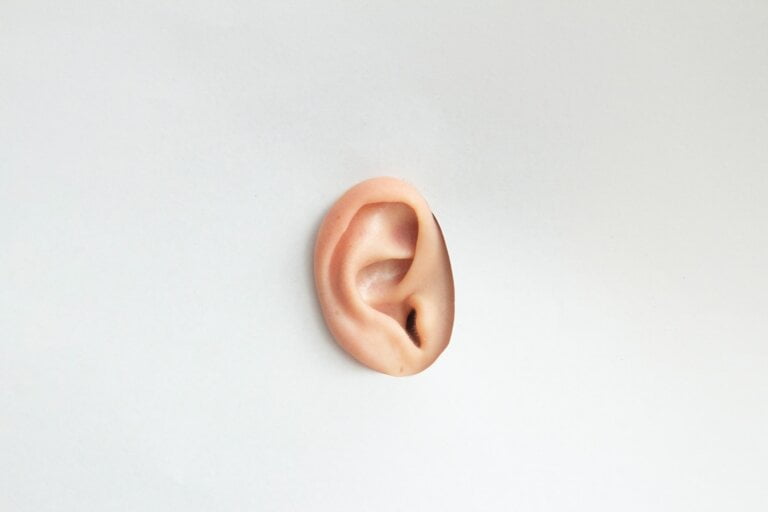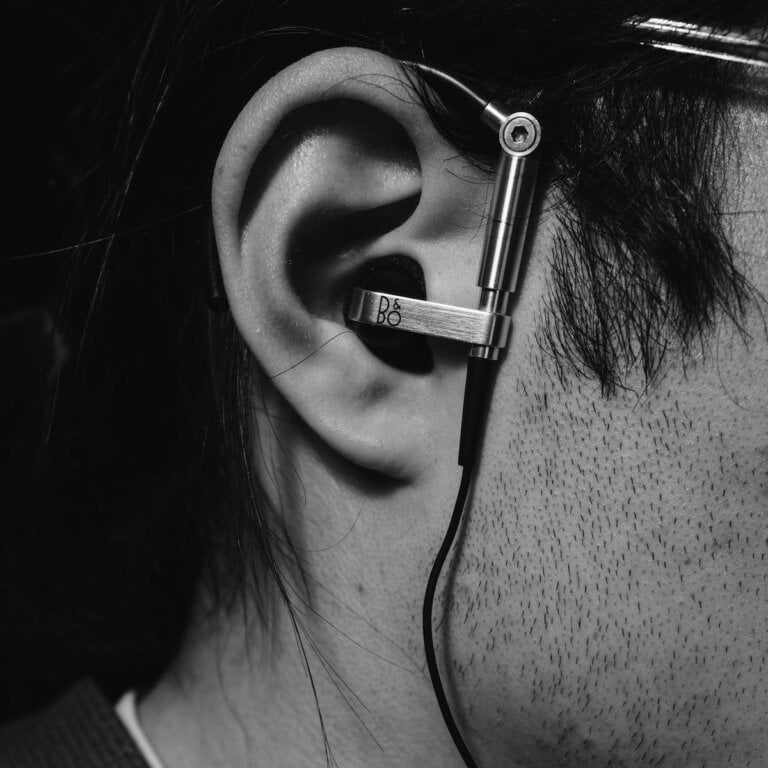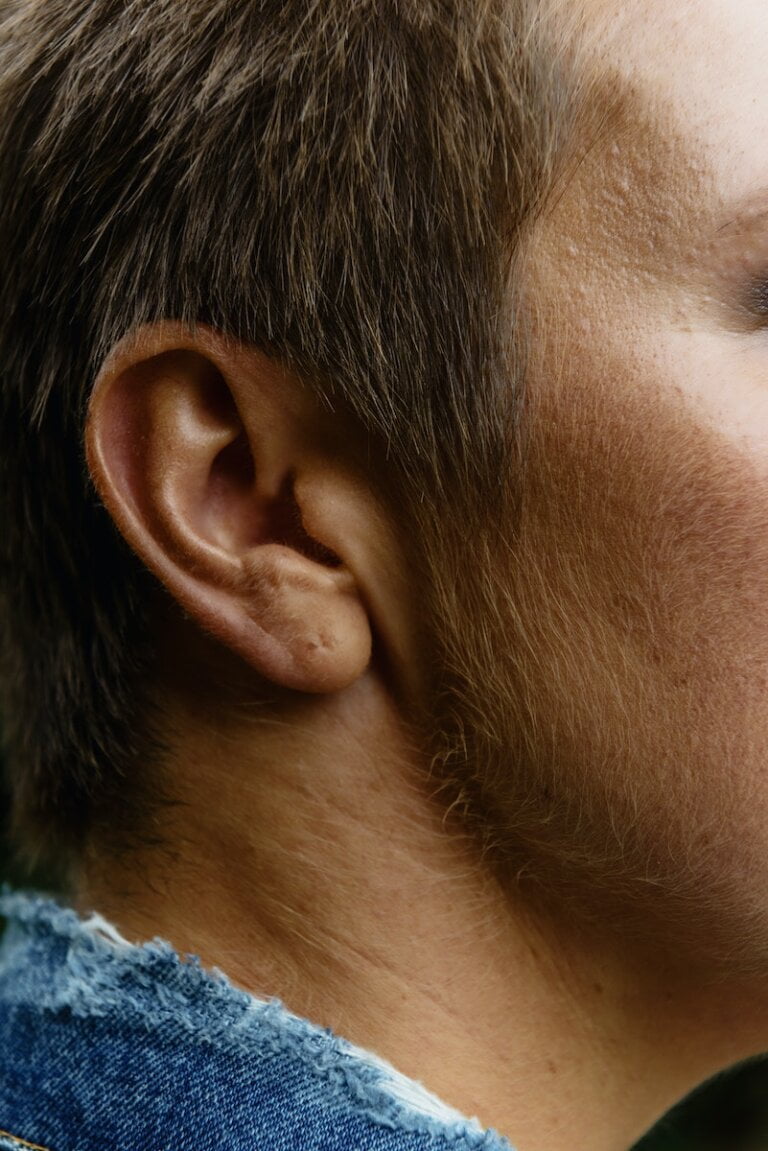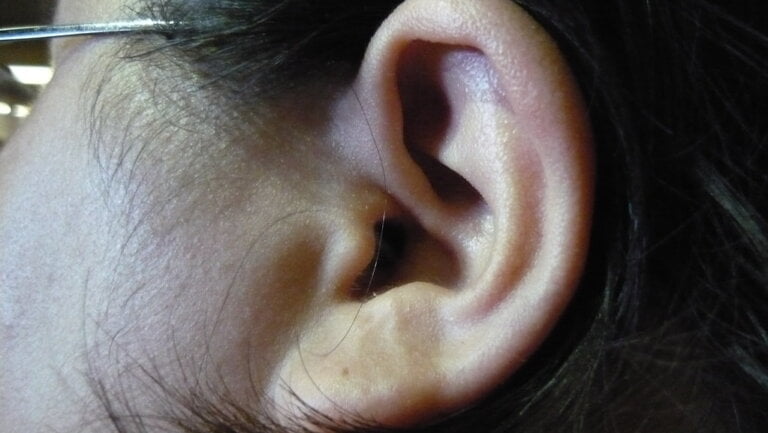Unlocking the Possibilities: Evaluating Candidacy for Microsuction
Last Updated on 25th April 2024 by Admin
Microsuction is a safe and effective method for removing earwax and debris from the ear canal. It is a procedure performed by trained professionals using a microscope and a specialized suction device. This article aims to provide a comprehensive guide on evaluating candidacy for microsuction, including the benefits, considerations, and potential risks.
Understanding Microsuction
Microsuction has gained popularity as a preferred method for earwax removal due to its effectiveness and safety. Unlike traditional ear syringing, which involves the use of water to flush out the earwax, microsuction utilizes gentle suction to remove the blockage. This makes it a suitable option for individuals with sensitive ears or those who have had negative experiences with syringing in the past.
Microsuction offers several advantages over other methods of earwax removal. It is considered one of the safest methods as it minimizes the risk of damage to the ear canal and eardrum. The procedure is performed under direct visualization using a microscope, ensuring precise and controlled removal. The use of gentle suction instead of water makes it a comfortable option for those with sensitive ears. Additionally, it is a time-efficient procedure, typically taking around 15-30 minutes. There is no need for prior softening of the earwax, saving both time and discomfort.
Benefits of Microsuction
-
Safe and Gentle: Microsuction is considered one of the safest methods for earwax removal as it minimizes the risk of damage to the ear canal and eardrum. The procedure is performed under direct visualization using a microscope, ensuring precise and controlled removal. The trained professional can accurately identify and remove the earwax blockage without causing harm.
-
Quick and Efficient: The procedure typically takes around 15-30 minutes, making it a time-efficient option for individuals with busy schedules. Unlike other methods that require softening the earwax beforehand, microsuction can be performed without any prior preparation. This saves both time and discomfort for the patient.
-
Improved Hearing: Earwax buildup can cause temporary hearing loss or muffled sounds. Microsuction effectively clears the blockage, allowing for improved hearing and overall auditory health. By removing the earwax, individuals can experience clearer and sharper sounds, leading to a better quality of life.
-
Minimized Discomfort: Microsuction is generally well-tolerated, causing minimal discomfort during the procedure. The use of a suction device ensures a gentle and controlled approach, reducing the likelihood of pain or discomfort. This makes it an ideal option for individuals who may have experienced discomfort or pain with other methods of earwax removal.
Microsuction not only ensures safe and gentle removal of earwax but also offers quick and efficient results. The improved hearing achieved through microsuction can have a significant impact on an individual’s daily life. Additionally, the procedure minimizes discomfort, allowing patients to undergo earwax removal without undue pain or anxiety.
Candidacy for Microsuction
While microsuction is generally safe and suitable for most individuals, there are certain factors to consider when evaluating candidacy:
1. Earwax Buildup
Microsuction is particularly beneficial for individuals with excessive or impacted earwax. Symptoms of earwax buildup may include earache, tinnitus (ringing in the ears), ear fullness, or decreased hearing. If you are experiencing any of these symptoms, microsuction might be a suitable option for you.
Earwax buildup can occur due to various factors, such as the natural production of earwax, improper cleaning techniques, or using cotton swabs. When the earwax accumulates and hardens, it can cause discomfort and affect hearing. Microsuction offers an effective solution for removing excessive earwax, relieving symptoms and improving overall ear health.
2. Ear Canal Conditions
Certain ear canal conditions may affect the suitability of microsuction. For instance, individuals with narrow or tortuous ear canals may require alternative methods for earwax removal. It is essential to consult with a qualified professional who can assess your ear canal condition and determine the most appropriate treatment option.
The structure of the ear canal varies from person to person. Some individuals may have narrower or more convoluted ear canals, making it challenging to perform microsuction. In such cases, the healthcare professional may recommend alternative methods, such as ear irrigation or manual removal. It is crucial to seek professional advice to ensure the most suitable and safe treatment for your specific ear canal condition.
3. Medical History
Individuals with a history of ear surgeries, eardrum perforations, or ear infections should consult with their healthcare provider before considering microsuction. It is crucial to disclose any relevant medical history to ensure the safety and efficacy of the procedure.
Certain medical conditions or past surgeries can impact the suitability of microsuction. For example, individuals with a history of eardrum perforations may require a modified approach to prevent any further damage. Similarly, individuals with a high risk of ear infections may need additional precautions during the procedure. By discussing your medical history with a healthcare professional, they can assess the potential risks and determine the most appropriate course of action.
4. Age Considerations
Microsuction is generally safe for individuals of all ages, including children and older adults. However, specific considerations may apply to certain age groups. Pediatric patients, for example, may require specialized expertise and equipment to ensure their comfort and safety during the procedure.
For pediatric patients, microsuction may require additional precautions and a modified approach. Children may be more anxious or sensitive during the procedure, requiring a gentle and reassuring environment. Healthcare professionals experienced in pediatric microsuction can provide the necessary expertise to ensure a successful and comfortable procedure for children. Similarly, older adults may have different needs and considerations, such as hearing aids or age-related changes in the ear canal. Consulting with a healthcare professional can help address any age-specific concerns and ensure the best possible outcome.
The Microsuction Procedure
If you are a suitable candidate for microsuction, the procedure typically involves the following steps:
-
Initial Assessment: A trained professional will examine your ears using a microscope to assess the severity of the earwax buildup and determine the most appropriate course of action. This assessment helps the professional understand the extent of the blockage and plan the procedure accordingly.
-
Preparation: The professional will prepare the necessary equipment and explain the procedure to you, addressing any concerns or questions you may have. This step ensures that you are well-informed and comfortable before proceeding with the microsuction.
-
Microsuction: The professional will use a specially designed suction device, attached to a low-pressure suction machine, to gently remove the earwax. The procedure is performed under direct visualization, ensuring precise and controlled removal. The professional will carefully navigate the ear canal and remove the earwax, taking necessary precautions to avoid any discomfort or damage.
-
Post-Care Instructions: After the procedure, the professional may provide you with specific post-care instructions, such as avoiding water exposure or using ear drops to prevent future blockages. These instructions are essential for ensuring proper healing and minimizing the risk of further complications.
The microsuction procedure follows a systematic approach to ensure safe and effective earwax removal. The initial assessment helps the professional tailor the procedure to your specific needs, while the preparation stage ensures you are well-informed and prepared. During the microsuction, the professional uses precise techniques and equipment to gently remove the earwax. Finally, post-care instructions are provided to promote healing and prevent future blockages.
Potential Risks and Complications
While microsuction is considered a safe procedure, there are minimal risks and potential complications that should be acknowledged:
-
Tinnitus or Dizziness: Some individuals may experience temporary tinnitus (ringing in the ears) or dizziness immediately after the procedure. These symptoms usually subside within a few minutes. It is important to note that these symptoms are temporary and should not cause concern.
-
Discomfort or Pain: Although microsuction is generally well-tolerated, some individuals may experience mild discomfort or pain during the procedure. The professional performing the procedure will ensure your comfort and address any discomfort promptly. It is essential to communicate any discomfort you may feel during the procedure, as the professional can make adjustments to minimize it.
-
Infection: In rare cases, microsuction may lead to an ear infection. It is crucial to follow post-care instructions provided by the professional to minimize the risk of infection. These instructions may include avoiding water exposure, using prescribed ear drops, or maintaining proper ear hygiene. By adhering to these instructions, you can reduce the likelihood of developing an infection.
It is important to note that the risks and complications associated with microsuction are minimal and occur infrequently. Trained professionals prioritize your safety and well-being during the procedure, taking necessary precautions to minimize any potential risks. By following post-care instructions and seeking prompt medical attention if needed, you can ensure a successful and comfortable recovery.
Conclusion
Microsuction is a safe and effective method for earwax removal, offering numerous benefits such as improved hearing, minimal discomfort, and precise removal. By evaluating candidacy based on earwax buildup, ear canal conditions, medical history, and age considerations, individuals can determine if microsuction is the right option for them. It is essential to consult with a qualified professional to assess your specific needs and ensure a successful and comfortable procedure. With proper evaluation and guidance, microsuction can unlock the possibilities of better auditory health and enhanced quality of life.
1. Who is microsuction suitable for?
Microsuction is suitable for individuals with excessive or impacted earwax. Symptoms may include earache, tinnitus, ear fullness, or decreased hearing.
2. What ear canal conditions may affect the suitability of microsuction?
Individuals with narrow or tortuous ear canals may require alternative methods for earwax removal. It is essential to consult with a qualified professional to assess your ear canal condition.
3. Should individuals with a history of ear surgeries or ear infections consider microsuction?
Individuals with a history of ear surgeries, eardrum perforations, or ear infections should consult with their healthcare provider before considering microsuction. It is important to disclose any relevant medical history.
4. Is microsuction safe for individuals of all ages?
Microsuction is generally safe for individuals of all ages, including children and older adults. However, specific considerations may apply to certain age groups. Pediatric patients may require specialized expertise and equipment for a comfortable and safe procedure.







